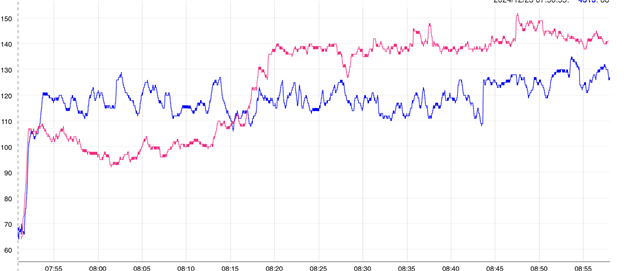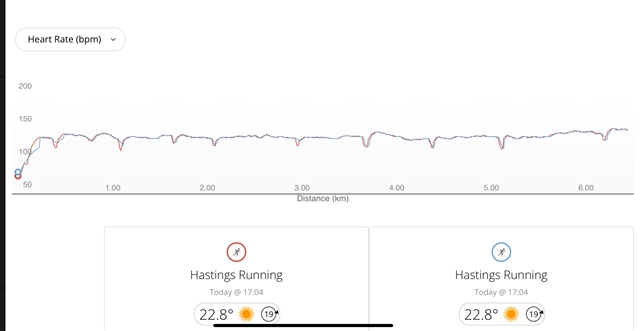Bought two possible upgrades coming from the forerunner. The latter has always provided the right HR, approximately.
Both the fenix 7 pro as Epix Pro give me completely incorrect HR. Sometimes it suddenly goes up 10 to 30 beats at once. Other times it simply sticks around 150 constantly, while in reality it's 180+. Even while following all the tips and guidelines found on the website, like warming up etc.
It seems very clear though that this is a major bug (or generic hardware issue all over the production line of the new hr sensors found in the pro versions). Basicly rendering many of the functionalities of the watch useless, as they are depended on a realistic HR. A chest strap is therefore not a realistic alternative for all day use. Besides the fact it's a watch with a 1k price tag, completely malfunctioning compared to the much better functioning HR sensor on the much cheaper forerunner watches like the 245. The many comments about these troubles being inherent to optical HR sensors are merely fog around the fact something seriously went wrong with these new watches.
Hoping a solution arrives very soon, hopefully receiving an ETA here, before following Garmins own advise to return the watch.




